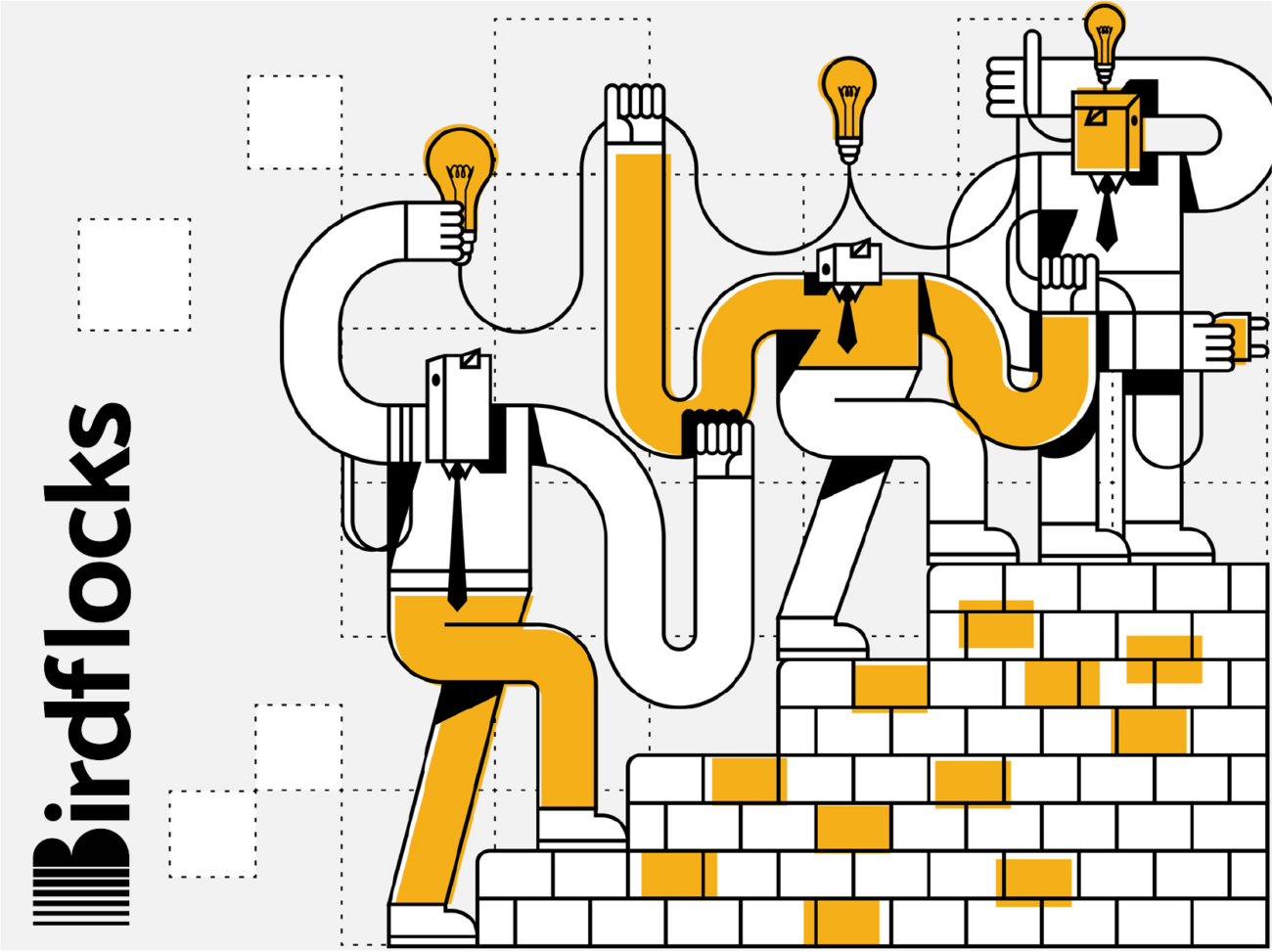Follow Concert on LinkedIn for more on the digital future of architecture.
Many design and construction professionals note that the flow of information between design and construction professionals can be problematic. As described to us recently by a VDC expert at a large national construction company, the relationship is like an hourglass. Information (sand) accumulates in the design bulb of the hourglass in the form of rich, 3D model data but is compressed into sub-optimal documents funnelled through the narrow neck (the information handover event) to be hastily reassembled in the construction bulb for use by the contractor and their dependent supply chains.
This leads us to wonder — what if all parties had access to shared data files throughout the life of the project and the building?
What if the hourglass was replaced by a smooth conveyance of information between design and construction?
Designers would have confidence that the design intent would be clearly communicated. They could maintain their obligation to provide for the health, welfare and safety of the building. They could confidently share their intellectual property.
For construction, the benefits are myriad. Having access to complete design data earlier would significantly reduce cost and risk. Starting with the design model would save time and money and increase bid clarity and ease of information sharing between contractors and their subcontractors. This would reduce the potential for cost overruns, miscommunication, or disputes.
It seems like common sense, right? So why hasn’t it happened?
The main reason is the need for the following:
- Technology: A secure, authentic exchange that can manage a large amount of project data and maintain strict versioning in the face of frequent revisions throughout the lifecycle of both the project and the building. This is a non-trivial task, and requires dedicated technology, and a secure digital data exchange like CONCERT.
- Legal: It also requires an updated contracting mechanism. In the AIA’s E203 digital data exhibit, the 3D model is an afterthought; the exhibit focuses on the one-time transfer of deprecated model information between design and construction. It must be updated to place a secure, dynamic, and shared version of the 3D model at the center of its data sharing perspective.
- Architect Process Ownership: It requires architects to raise their game into the data management realm. As trusted custodians of the digital 3D model throughout the building lifecycle, architects need to ensure that the model they create is complete and accurate at all times. When partners across the building lifecycle will be relying on the veracity of the model for years to come, it’s no longer feasible to leave any detail out or assume contractors or other partners can infer design intent non-explicitly.
- Owner Investment: Owners desire projects that are on-time and on-budget and are rightfully wary of unsecured promises of improvement. But there is no longer any doubt that collaborative processes like IPD, common data exchanges and BIM coordination can have material impact on the bottom line.
This creates new work for architects but also tremendous opportunity. With higher fidelity and longer lasting data, architects can protect and maintain their intellectual property and extend their services across the building supply chain, allowing them to move beyond immediate questions of constructability and health, welfare and safety and into new value streams related to, for example, productivity, sustainability, wellness, and occupant experience.
In this sense, BIM really is more than just a software for 3D modeling. It’s a process for information sharing across the lifecycle of a building. This data can be leveraged not just in the design phase, or the construction phase, but by all stakeholders, and across the entire lifecycle of a building.
It all begins with a trusted, secure data exchange that can facilitate information sharing between designers, builders, and their partners across the value chain of the building. It begins with Concert.
Follow Concert on LinkedIn for more on the digital future of architecture.





